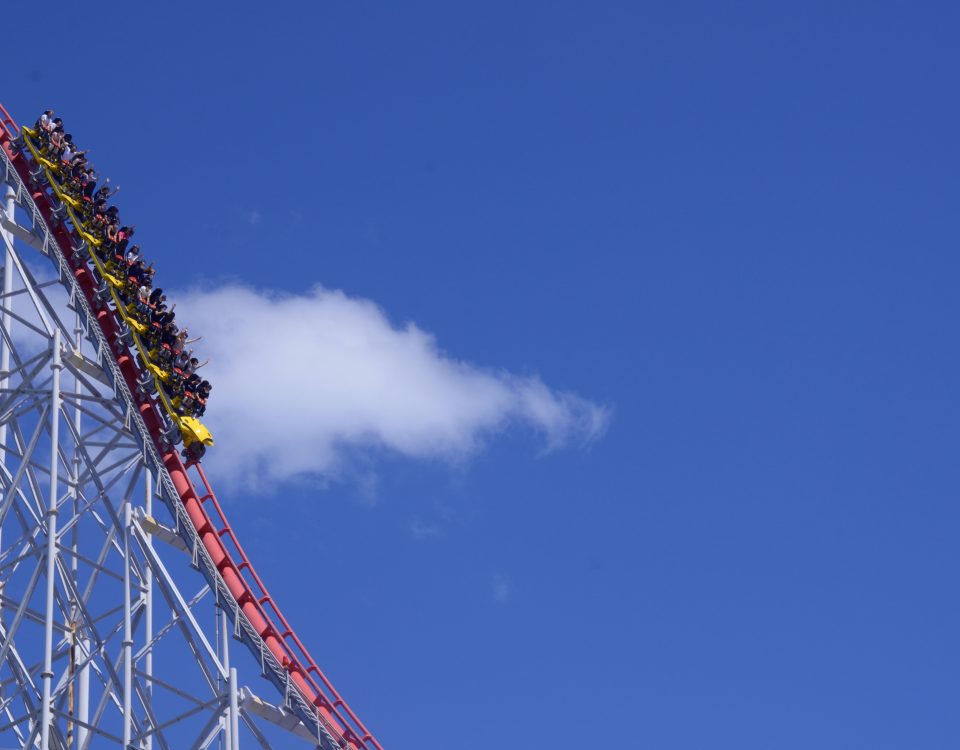
Is eYuan the new bitcoin?
21 de January de 2022
Why are container costs not going down?
4 de April de 2022Last week was seat and eat popcorn week at the London Exchange Market (LME), the world’s most important market for metal trading, used as a benchmark for metal prices all over the world. It showed how Adam Smith’s invisible hand sometimes goes crazy. Most importantly, it showed that big companies always win, at the expense of small companies and traders if necessary.
Nickel is one of the base metals traded at the LME. It has always been important (it is used to make stainless steel), but its importance is increasing with the electrical vehicle revolution, because it is used to manufacture batteries. As we can see in below historical chart, its price usually ranges from 10000 USD/TM to 25000 USD/Tm. It experienced high volatility around the 2007 crises, reaching 50000 USD/Tm at the top of the bubble before quickly going down.

These last weeks, it had been raising steadily due to the war in Ukraine. Russia produces around 10% of Nickel, so traders were fearing that sanctions would reduce supply, increasing price. It was reasonable to expect a steady increase during the next weeks, to around USD30000/Tm. But then the market went crazy. Due to several reasons (nervous traders, speculation…) on March 4th Nickel prices went from USD29000 to… USD100000, then fell back to USD50000
Enter Tsingshan Holding Group, from Whenzhou (yes, THAT Wenzhou). Founded in 1988 and privately owned, it’s the world’s biggest Nickel producer. As many manufacturing companies do, they sold Nickel futures on the LME to guarantee revenue.
Very simply put, when you sell a Nickel Future you create a contract to sell Nickel to the other party at a specific price in a later date. Imagine that Nickel price is currently at USD20000. And Tsingshan makes profit with Ni price over USD10000 (because if Ni is below 10000, the costs are higher that the revenues and the company looses money). To make sure they are profitable, they can sell futures for all the year production, at USD15000. Like this, they make sure to have profit that year, no matter what the Nickel price does.
This is the basics. Of course, everything gets much more complicated when traders and companies use futures to speculate, not to hedge against price drops.
The point is, when the price rose so much, Tsingshan got stuck with a USD 8 billion paper loss. Which of course could not service, it probably meant that the company would need to go bankrupt. Regulators, LME and Chinese officials rushed to try to get a solution. Finally, they agreed to cancel all the day’s trades. Yes, we are loosing, so we just cancel the trades. Like if you buy a stock that then goes down a lot, and you go “sorry guys, I am loosing, I don’t like this stock anymore” and they pretend like you never bought that stock.
A question that remains unanswered is if Tsingshan is making profit with other trades made at the LME. You can guess the answer…
All in all, fuck the fair market, fuck the small investors who made a profit betting against Tsingshan. A wonderful way to dispel the notion that markets are rigged and the powerful always win. Nice job guys.
LME Chief Executive Matthew Chamberlain will leave his job soon to work at gambling firm cryptocurrency firm Komainu. This is not a joke, you can look it up. We wish him the best of luck
On a totally unrelated note, the LME is owned by Hong Kong Exchanges and Clearing.
Marc Torras
DISCLAIMER: I don’t own any trades at the LME or have lost money in any way with this decision. I just find amazing that a market can so blatantly play for the big guys




